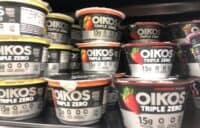
American cooking is as diverse as America itself. Scores and scores of different nationalities, over recent centuries, have populated our country and enriched it with their cultures, languages, philosophies — and food.
Pizza, tacos, and lasagna are now, to invoke a patriotic culinary cliché, as American as apple pie.
Some foods that we might think have foreign origins, though, were actually invented in America, sometimes by people from the countries they appear to represent but frequently not. Many popular dishes that appear regularly on Mexican, Italian, Chinese, and Japanese menus have little or nothing to do with the food traditions of Mexico, Italy, China, or Japan. Sorry, travelers, but you won’t find California roll in Osaka or chicken Alfredo in Rome — it’s one of the many “Italian” dishes Italians don’t really eat.
Click here to see 20 “foreign” foods that are really American
That said, many dishes that we think of as “foreign” do have roots in other countries. Chile con carne isn’t Mexican, but Mexican cooks do stew meat with chiles; garlic bread as we know it isn’t Italian, but Italians do rub garlic on bread.
Other preparations whose names suggest that they come from elsewhere are purely Yankee creations. There’s no Swiss steak in Switzerland; there are no English muffins in England (well, actually there are, but only because their popularity has spread back across the Atlantic from their New York City birthplace).
The fact that some food names don’t accurately reflect their origins doesn’t really matter in the long run, though. Misleading monikers don’t make the dishes they apply to any less delicious.
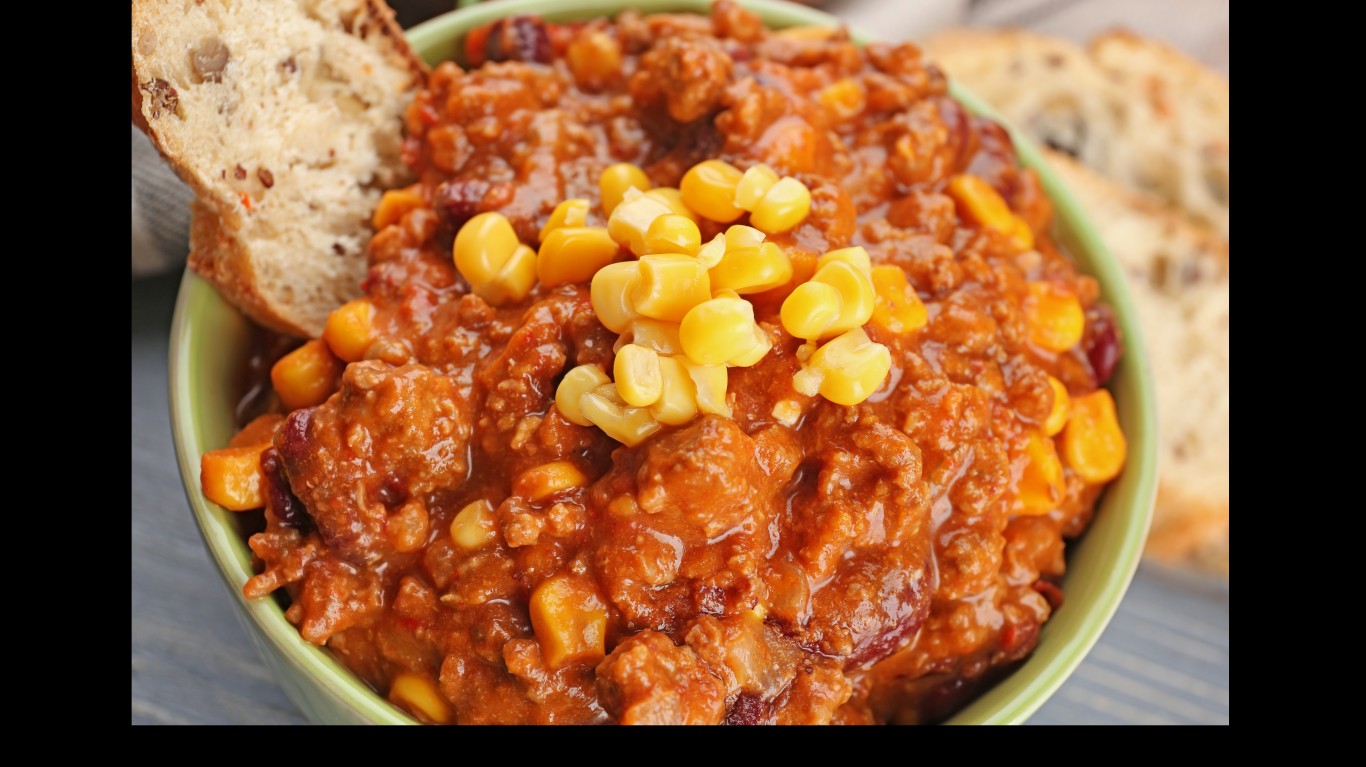
Chili con carne
Chili con carne — which might more correctly be called “carne con chiles” (meat with chiles) — as we know it isn’t found in Mexico. It seems to have been concocted first by Texas cowboy trail cooks on cattle drives — though another theory holds that it was devised in the state’s prison kitchens as a cheap, filling way to feed prisoners. Chili first gained fans outside the Lone Star State in 1893, when Texas set up a San Antonio Chili Stand at the World’s Columbian Exposition in Chicago.
[in-text-ad]
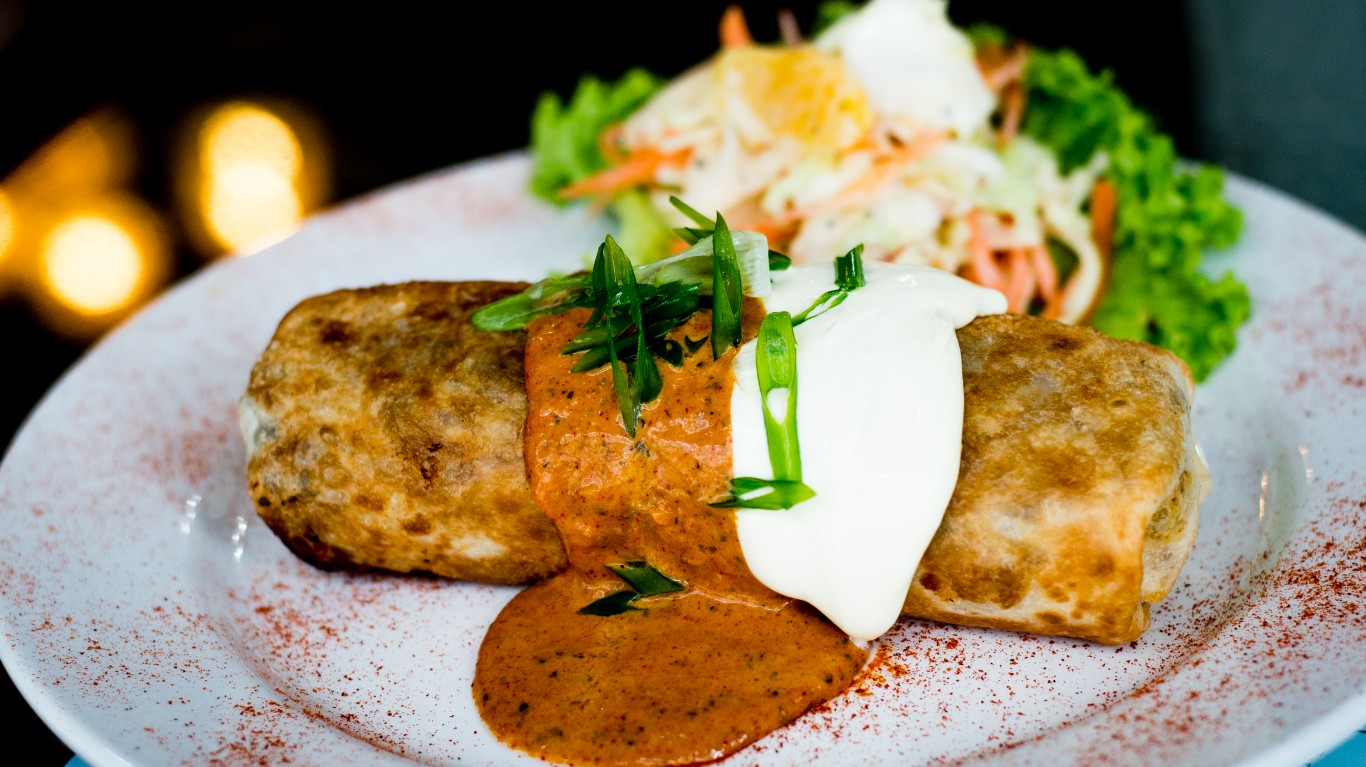
Chimichanga
A chimichanga is simply a deep-fried burrito. A specialty of the American Southwest (and a favorite of the Marvel Comics character Deadpool), it was apparently invented in Arizona, perhaps when a cook accidentally dropped a burrito into a pot of hot fat. The owners of El Charro Café in Tucson, the city’s oldest Mexican restaurant, claim it was invented there in 1922. A claim has also been made by Phoenix restaurateur Woody Johnson, who maintained that he invented the chimichanga, though not till 1946.
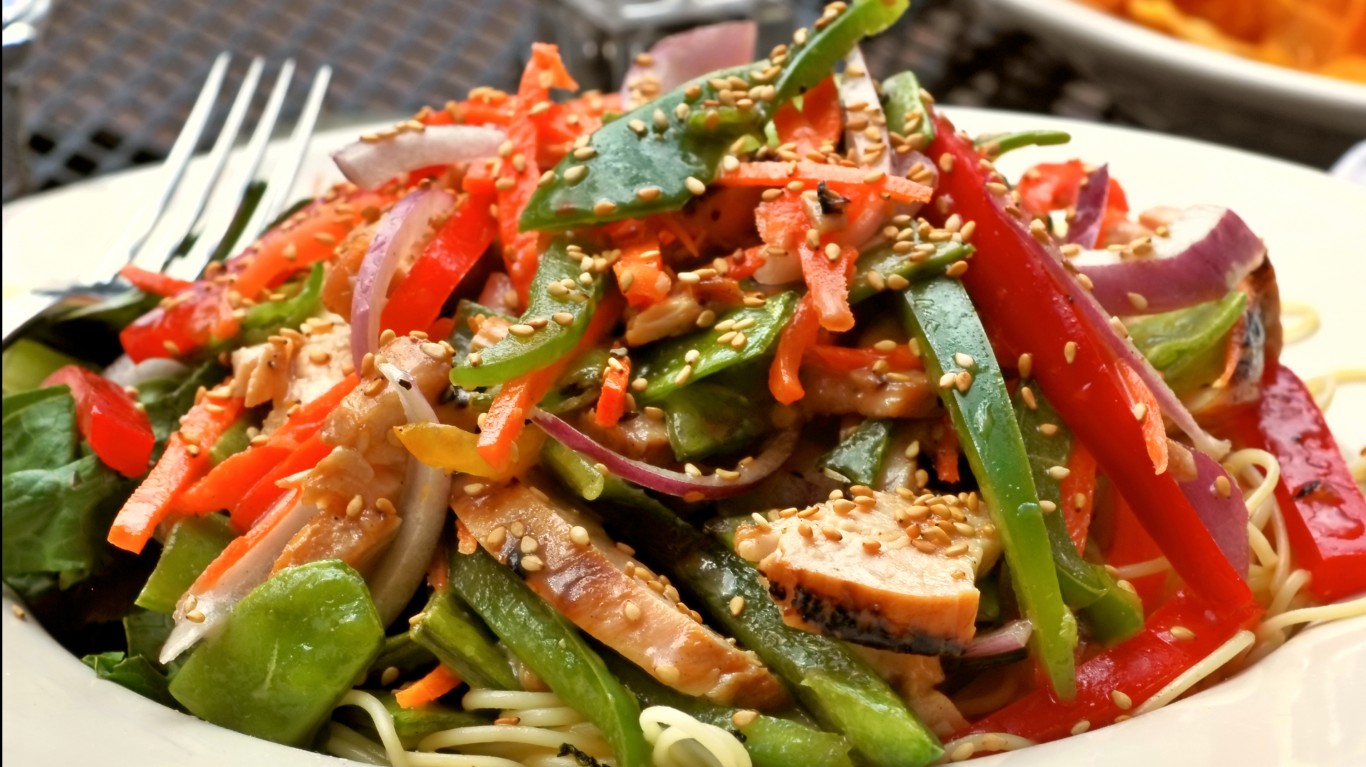
Chinese chicken salad
Recipes for this dish first appeared in the 1930s — but not in China. Though cold shredded chicken appears in several forms in traditional Chinese cuisine, raw vegetable salads were virtually unknown. American cooks and recipe writers, though, developed numerous “Oriental” or supposedly Chinese cold dishes throughout the first half of the 20th century. Today’s Chinese chicken salad — chicken tossed with shredded cabbage or lettuce, fried wonton strips or rice vermicelli, almonds, and other ingredients, usually in a sesame or peanut dressing — seems to have first appeared in California in the 1960s. Credit for popularizing it is usually given to Sylvia Cheng Wu, who served the salad at her popular Madame Wu restaurant in Santa Monica.

Chop suey
There is a regional Cantonese dish called sap seui, or shap suì (“miscellaneous pieces” or “mixed bits”), usually made with minced organ meats. American chop suey, however, is basically a kind of stir-fry combining shreds of chicken, beef, or pork with bean sprouts, celery, and other vegetables. It is said to have been created as a cheap way of feeding miners or railroad workers by 19th-century Chinese-American cooks, possibly in San Francisco — though some authorities do argue that something similar was traditional in the Toisan region south of Canton.
[in-text-ad-2]
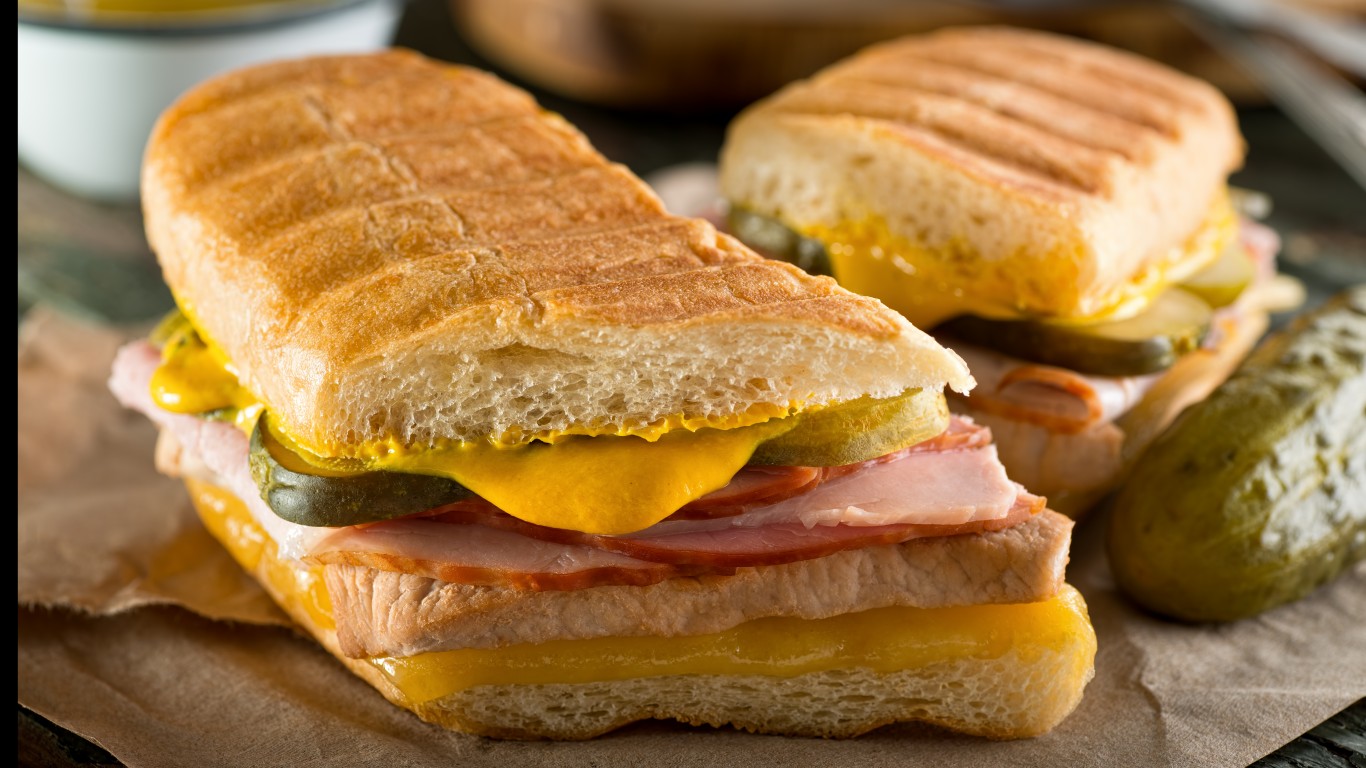
Cuban sandwich
Mixed meat sandwiches, or mixtos, were common workers’ fare in 19th- and early 20th-century Cuba. Though it is often associated with Miami these days, today’s Cuban sandwich — roast pork, ham, Swiss cheese, and pickles on mustard-slathered lengths of baguette-like Cuban bread — was first concocted by immigrant cigar makers in Key West, Florida, in the late 19th century and later refined in Tampa. In Tampa, which has a sizeable population of Italian origin, salami is typically added to the mix.
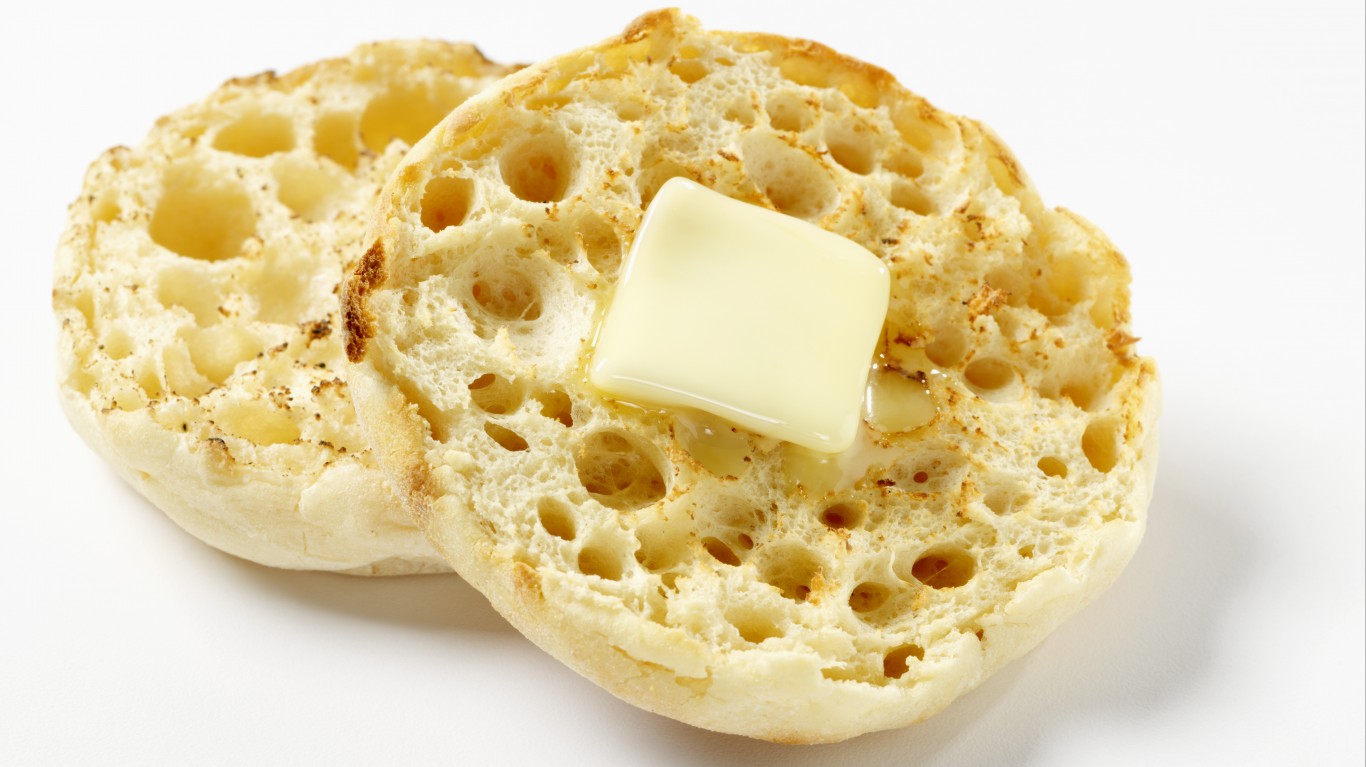
English muffin
Crumpets, leavened griddle cakes with a porous top, have been popular in the U.K. since the 19th century. In 1880, an English immigrant to the U.S. named Samuel Bath Thomas opened a bakery in New York City, where he invented a variation he called “toaster crumpets.” Unlike their predecessors, which were eaten whole, these were halved so they could be toasted. Thomas’s company, now owned by a subsidiary of Mexico’s Grupo Bimbo, remains the largest purveyor of English muffins in the country.
[in-text-ad]
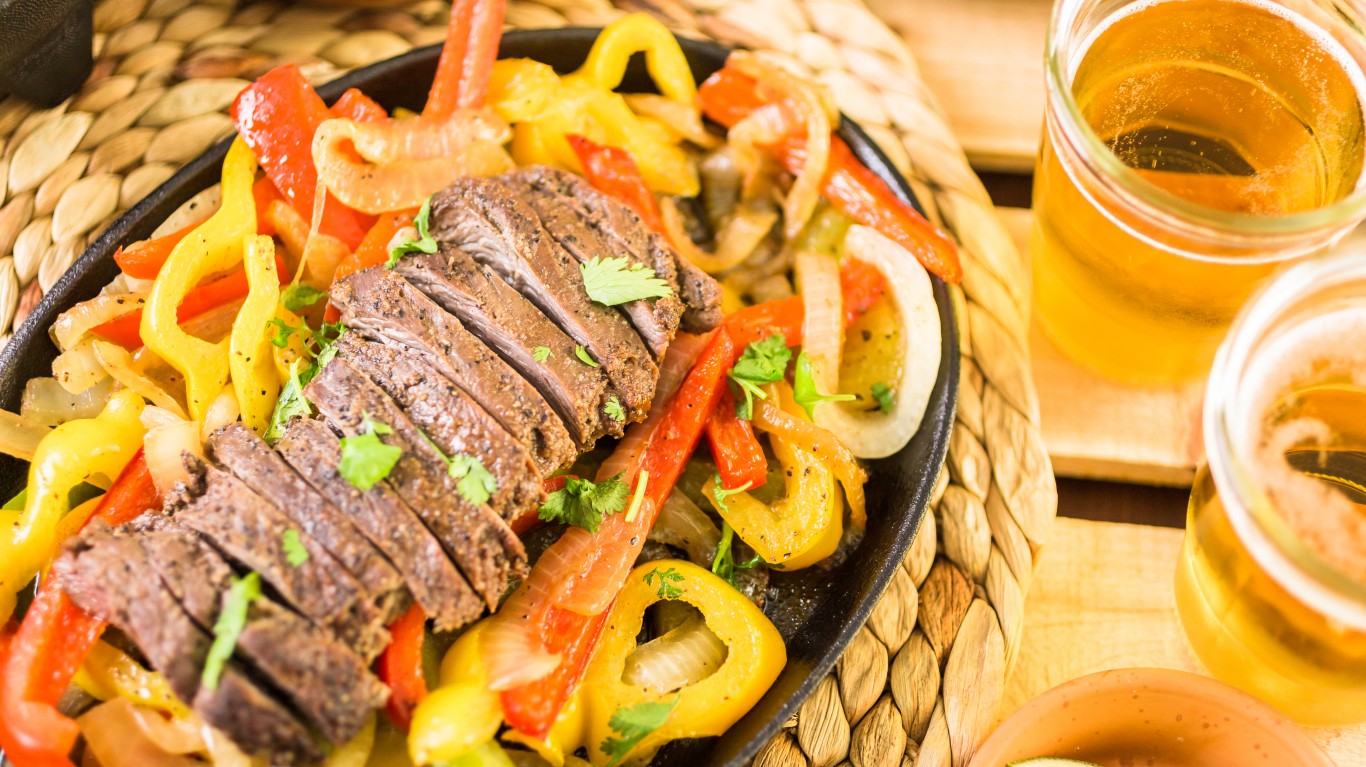
Fajitas
Like chili, fajitas are a Mexican-inspired dish born north of the border. Also like chili, they were originally trail food cooked up by Texas chuckwagon chefs on cattle drives. “Faja” is Spanish for strip or sash, and fajitas are small strips of meat (originally skirt steak) fried with bell peppers and onions and served with flour tortillas. Modern versions, which gained popularity only in the latter part of the 20th century, are made not only with beef but with chicken, pork, shrimp, even tofu, and are typically served sizzling on a hot metal platter.

Fortune cookie
Known as a staple of American Chinese restaurant meals, the fortune cookie, strangely enough, is actually Japanese in origin. Confections folded around slips of paper containing predictions of personal blessings were first made in Kyoto in the 19th century. They may have been introduced to America around the turn of the 19th century at San Francisco’s Japanese Tea Garden, though a Japanese restaurant owner in L.A. and the Chinese founder of the city’s Hong Kong Noodle Company also claim to have imported the idea. When Japanese-Americans lost their businesses during World War II, Chinese bakers took over making the confections, tweaking the recipe. In 1973, a Chinese-American graduate of the University of California invented a machine to fold them automatically, and the cookies’ fortunes were assured.
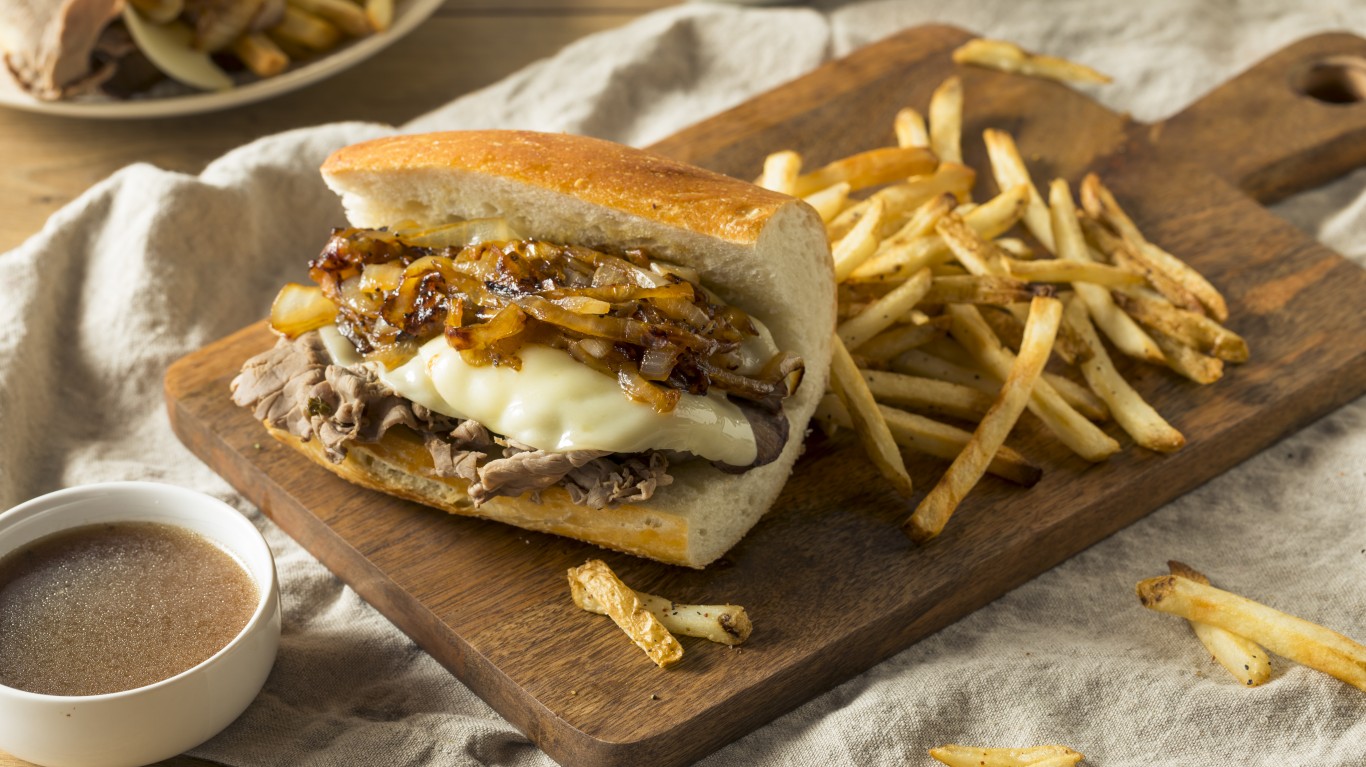
French dip sandwich
The only thing French about this sandwich of thin-sliced roast beef or other meat on a long French roll dipped in meat juices is the identity of the man who invented it, Philippe Mathieu. He owned a sandwich shop called Philippe the Original in downtown Los Angeles — still in business — and the story is that one day in 1918 he was making a sandwich for a policeman and accidentally dropped the sliced roll into the roasting pan, where it sopped up the juices. The policeman ate it anyway, liked it and brought friends in for more.
[in-text-ad-2]
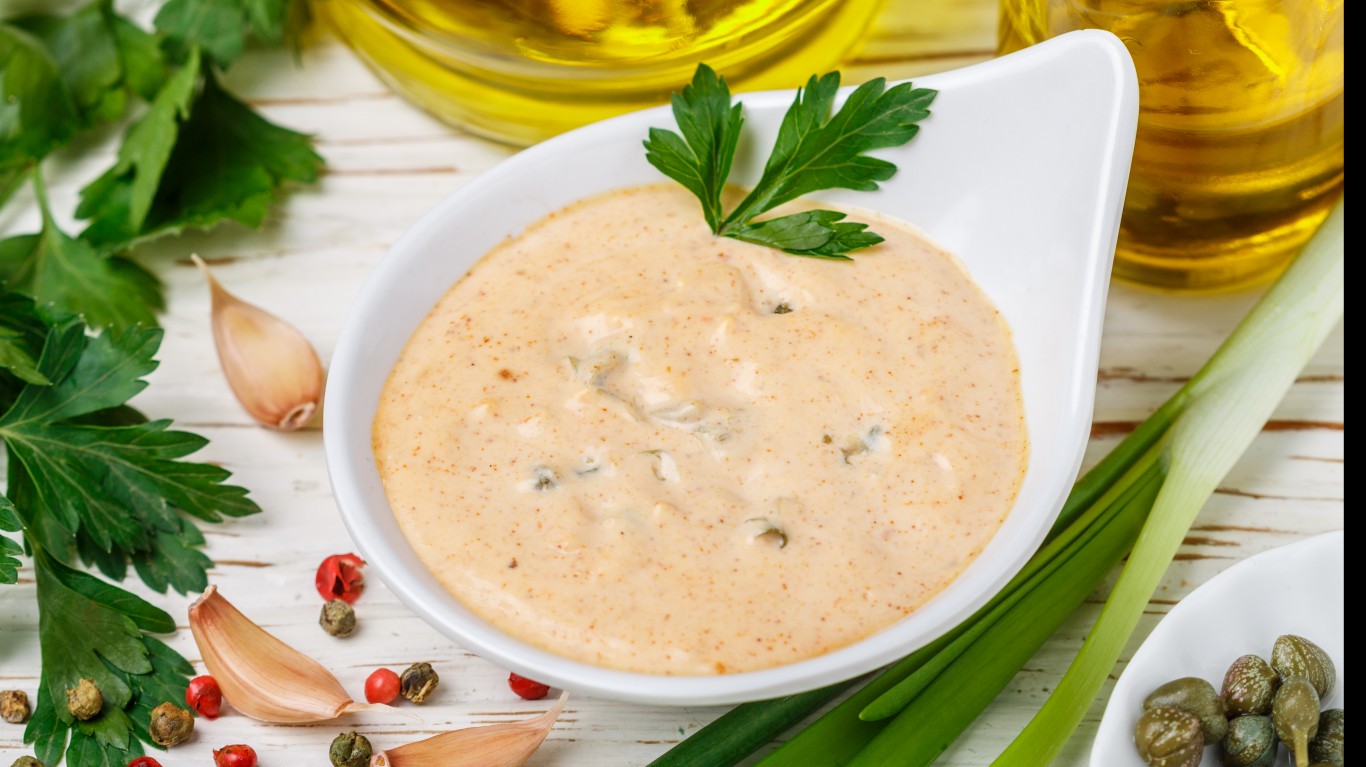
French dressing
Real French dressing is vinaigrette — an emulsion of olive oil and wine vinegar, with Dijon mustard, salt, and sometimes shallots, garlic, and various herbs added. The sweet, creamy, bright orange condiment we call French dressing has a vinaigrette base but adds tomato paste and/or ketchup, paprika, and brown sugar or corn syrup to the recipe. The original version may have been Milani 1890 French Dressing, made by a company founded in 1938.
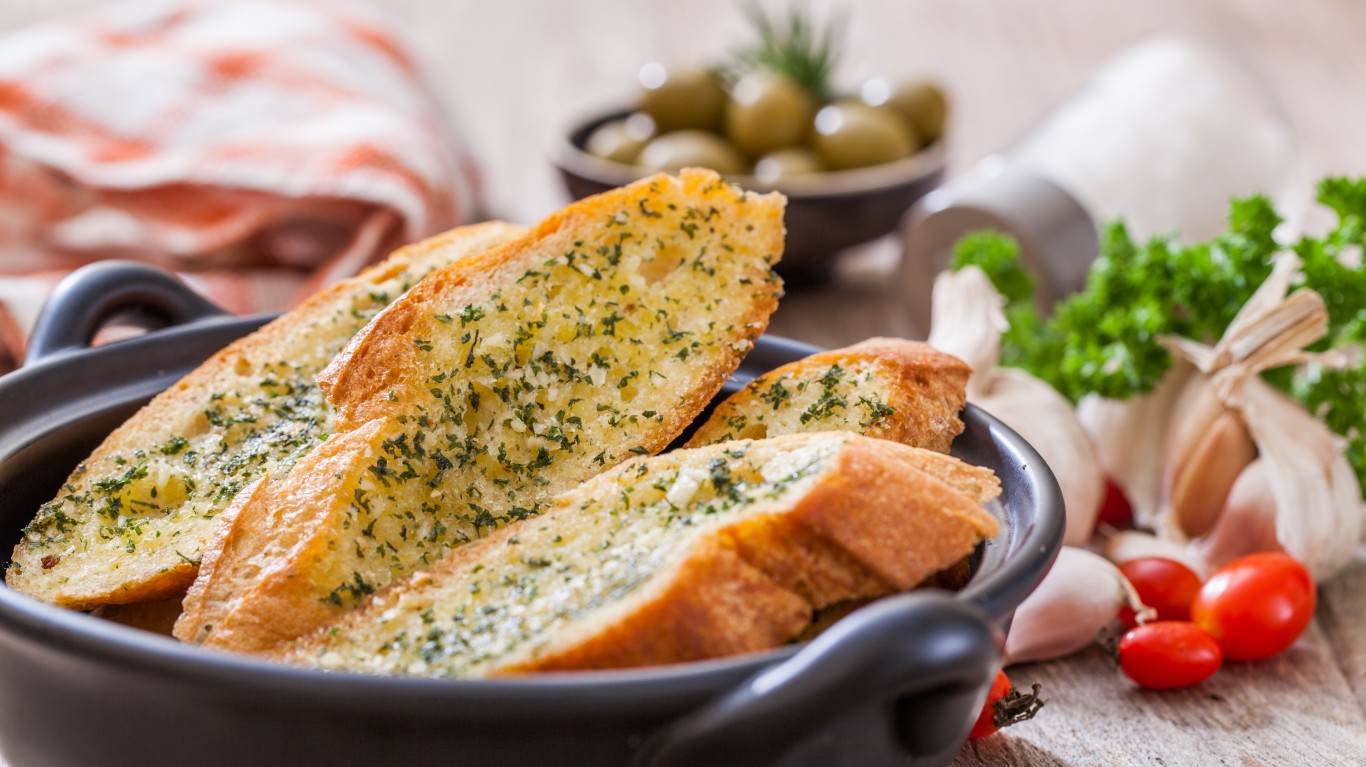
Garlic bread
There’s nothing quite like this Italian-American restaurant staple in Italy itself. In that country, however, as elsewhere around the Mediterranean, bread is frequently moistened with olive oil and rubbed with raw garlic. The difference is that our garlic bread is typically made with butter and garlic powder, on long French or Italian baguette-style loaves sliced lengthwise. One of the earliest published recipes appears only in 1940.
[in-text-ad]
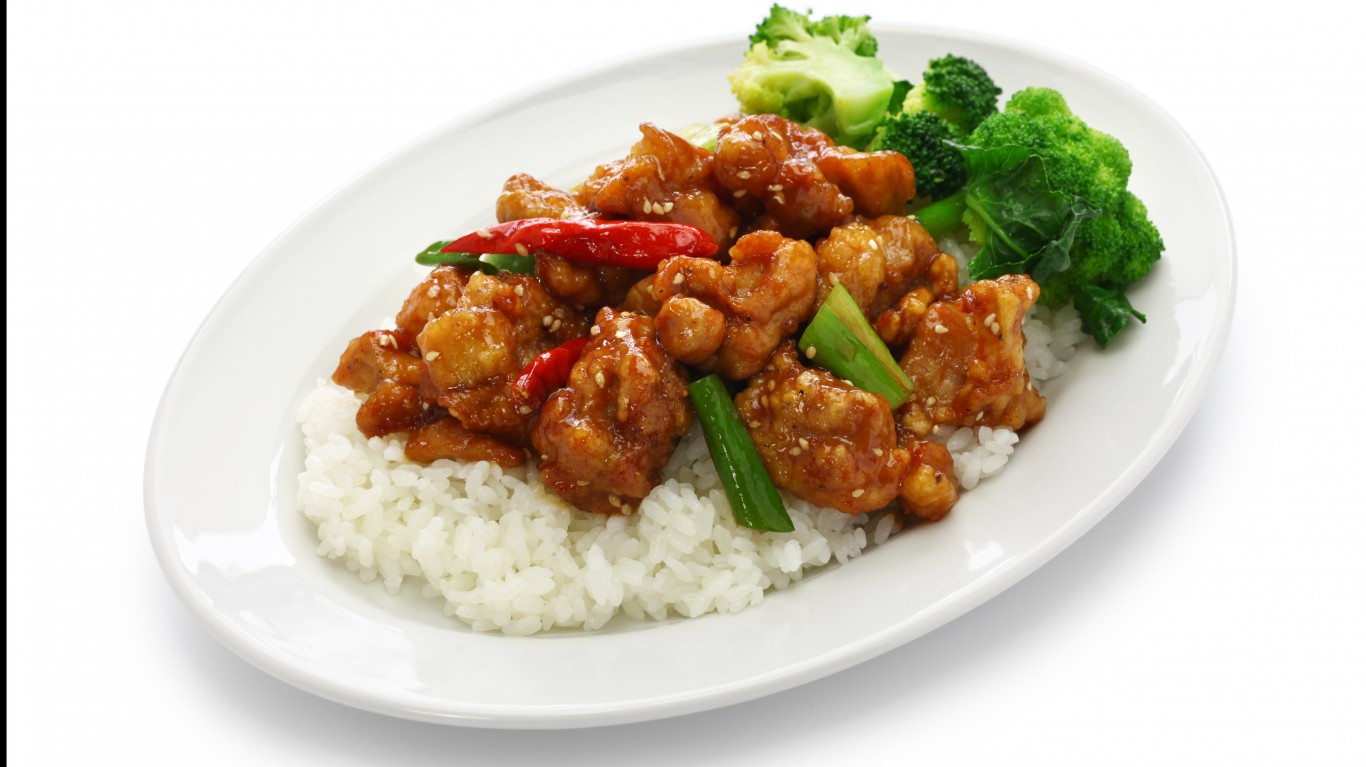
General Tso’s chicken
This Hunan-style preparation of fried chicken pieces in a sauce of chiles, ginger, garlic, soy sauce, rice vinegar, and other flavorings is probably named for Zuo Zongtang (or Tso Tsung-t’ang), a 19th-century Chinese military hero. He died long before the dish first appeared, however, and the dish christened in his honor is unknown in China. The proprietors of New York City’s Shun Lee restaurants claim that the preparation was invented at their Shun Lee Palace in 1972.

German chocolate cake
A chocolate cake with coconut-pecan frosting, this rich dessert has no connection with Germany. It is named after one Samuel German, an English-born confectioner, who developed a variety of baking chocolate in 1852. Manufactured by the Baker’s Chocolate Company, it was sold as Baker’s German’s Sweet Chocolate. In 1957, a Dallas housewife used the chocolate in a recipe she called “German’s Chocolate Cake,” published in the Dallas Morning News. General Foods, which by then owned Baker’s, widely distributed the recipe, and at some point the possessive “s” disappeared.

Häagen Dazs ice cream
Polish Jewish immigrant Reuben Mattus started selling Italian ices in Brooklyn with his uncle in the 1920s, when he was a boy. Staying in the family business, he moved on to ice cream sandwiches and bars, sold out of a wagon in the Bronx. Years later, in 1960, as head of the company, Mattus decided to produce a line of particularly rich premium ice creams. He decided to give it a Danish-sounding name, either because the Danes are famed for their love of ice cream or as a tribute to the Danish Resistance heroes who saved most of their country’s Jews during World War II. He reportedly tried out numerous supposedly Danish-like names until he hit on “Häagen-Dazs.” Early cartons of the ice cream displayed a map of Denmark, though the words mean nothing in Danish — which doesn’t use umlauts or have the “zs” letter combination.
[in-text-ad-2]
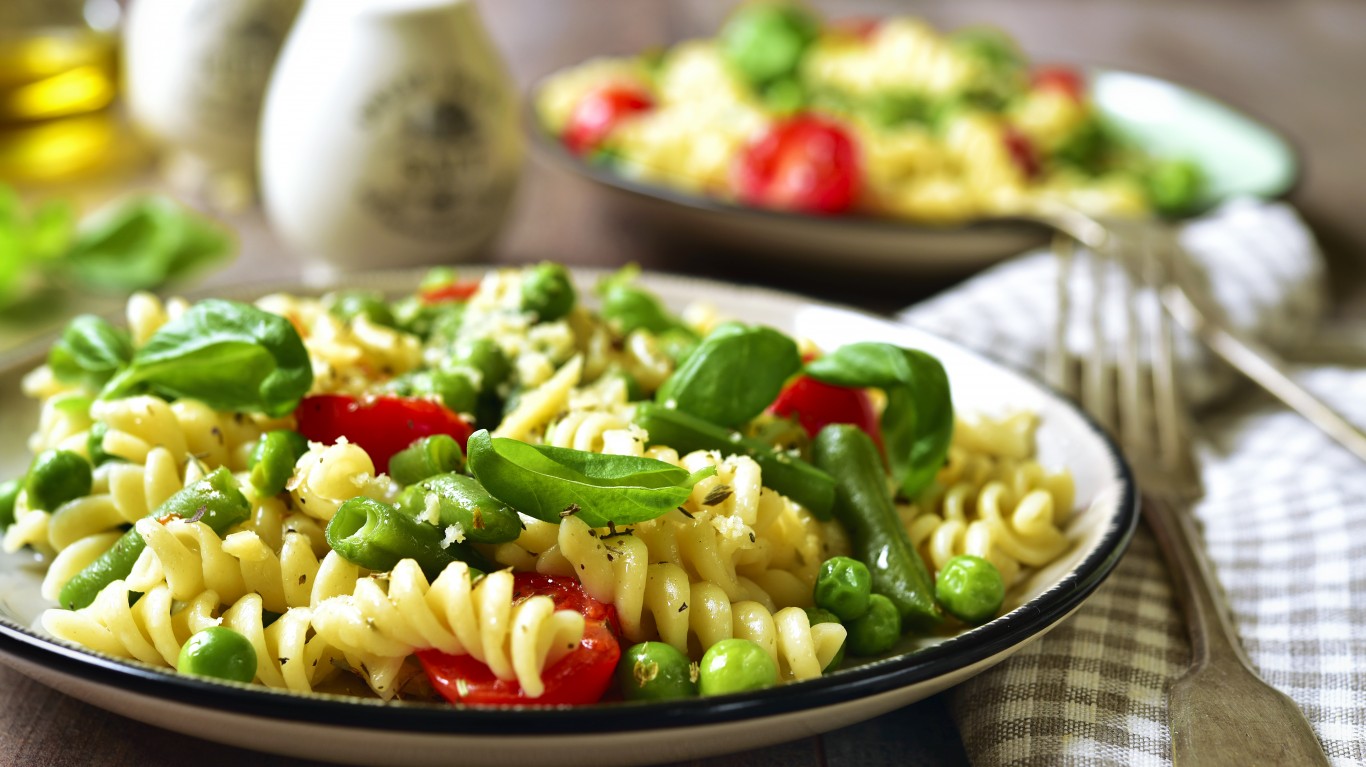
Pasta primavera
What could be more Italian than a pasta dish named for spring (“primavera”)? Except that it was invented at a French restaurant in New York City. The place was Le Cirque, an Upper East Side celebrity hangout always known for its good cooking. (Famed Manhattan chef Daniel Boulud was among the talents who once ran the kitchen.) It was there, in the 1970s, that somebody — either proprietor Sirio Maccioni or a couple of his French-born chefs (not including Boulud) — devised the specialty, basically just pasta with assorted seasonal vegetables added to what is basically an Alfredo sauce.

Pepperoni
Many’s the American visitor to Italy who means to order pizza topped with this salami variation and instead gets pizza topped with bell peppers. Why? Because “peperone” is Italian for peppers and “pepperoni” isn’t an Italian word. Purely an Italian-American invention, this spicy dried sausage was first referenced in print in 1919.
[in-text-ad]

Russian dressing
This popular salad (and sandwich) dressing — a blend of mayonnaise and ketchup along with some combination of other ingredients that may include horseradish, Worcestershire sauce, lemon juice, minced pimentos, chives, pickles or pickle relish, and hot sauce — has nothing to do with Russian cuisine. It may have earned its name because an early version included caviar. The Russian dressing we know today was most likely invented by New Hampshire entrepreneur James E. Coburn, who started selling it out of his store in Nashua around 1910.

Spaghetti and meatballs
In Italy, pasta is pasta and meatballs are meatballs, and the idea of spaghetti accompanied by large spheres of ground veal or other meat wouldn’t have made sense. The combination was probably developed by Italian immigrants to New York City in the early 20th century, perhaps because they suddenly had access to more meat than would have been available in their homeland and wanted to include it wherever possible. The first recipe for the dish appeared in the 1920s, published by the National Pasta Association, founded in America in 1904.
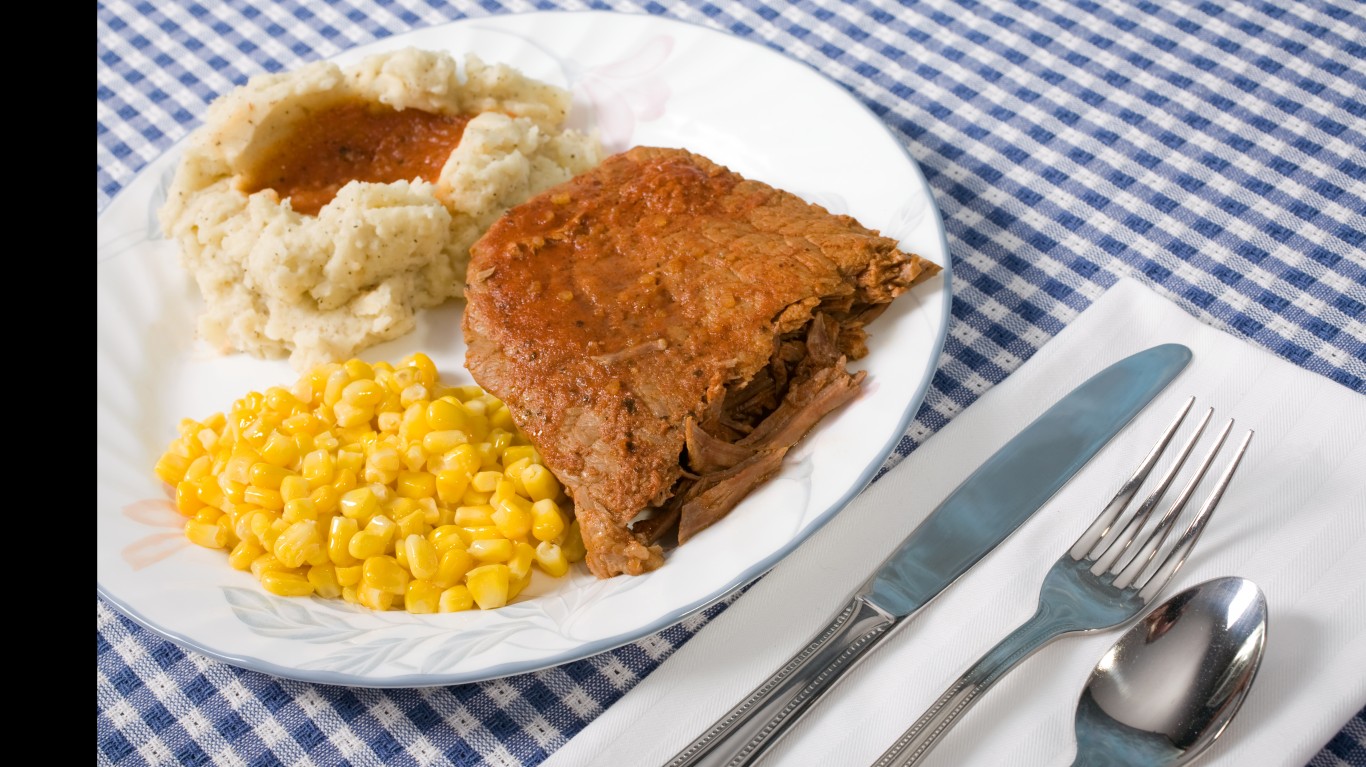
Swiss steak
This inexpensive form of meat — usually beef — tenderized by pounding or rolling, then braised in a sauce, is unknown in Switzerland. Its name might be a reference to swissing, the process of smoothing and compressing cloth or paper through rollers.
Food historian Charles Perry, writing in the Los Angeles Times, traces the name back to the 1920s, and suggests that it might come not from swissing but “for no better reason than the Swiss reputation for thrift and frugality.”
[in-text-ad-2]

Vichyssoise
This cold leek and potato soup certainly sounds French, and it was in fact first devised by a French chef, but it doesn’t (or at least didn’t until recent times) exist in France. The French are often confused by the term because in their culinary parlance, a reference to the city of Vichy suggests carrots cooked in the mineral water for which the town is known. Carrot-free vichyssoise, on the other hand, was invented by Louis Diat, who cooked at the Hotel Ritz in Manhattan.
Thank you for reading! Have some feedback for us?
Contact the 24/7 Wall St. editorial team.
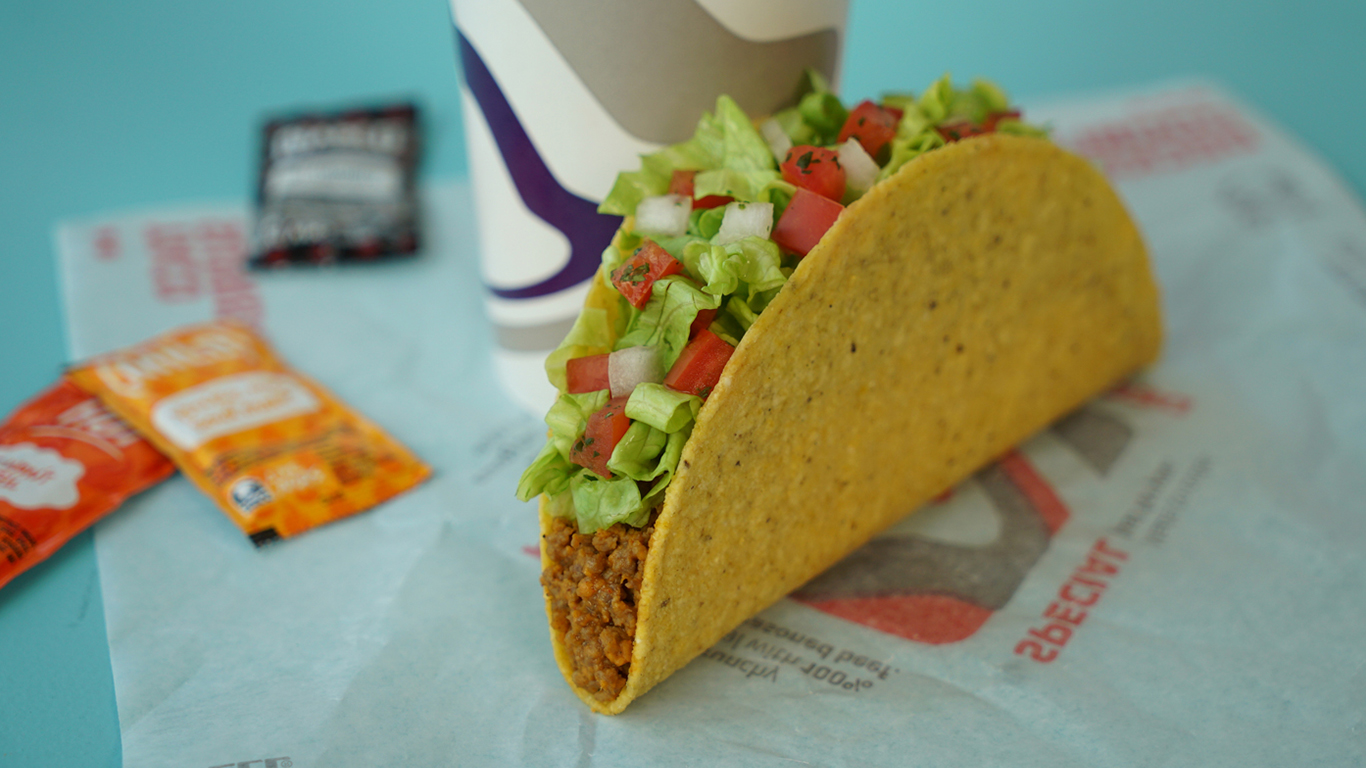 24/7 Wall St.
24/7 Wall St.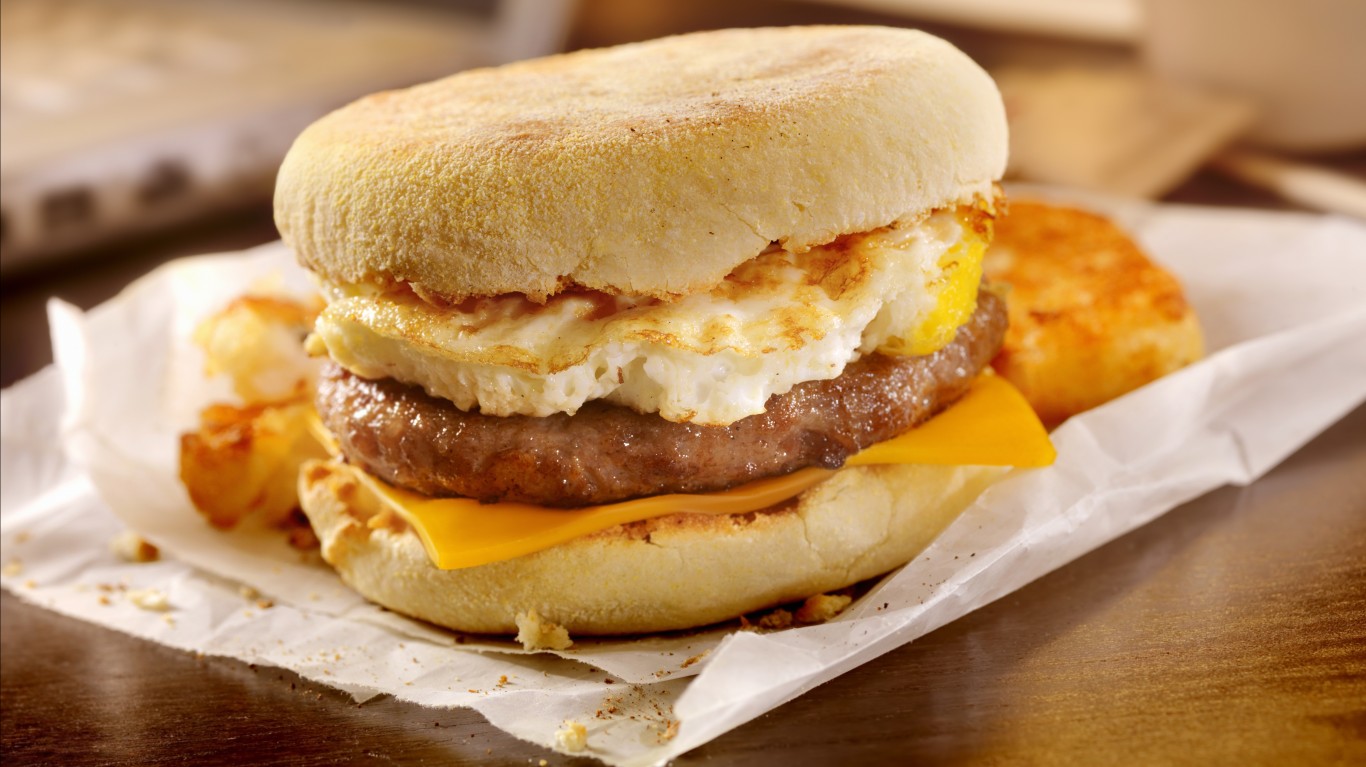 24/7 Wall St.
24/7 Wall St. 24/7 Wall St.
24/7 Wall St. 24/7 Wall St.
24/7 Wall St.